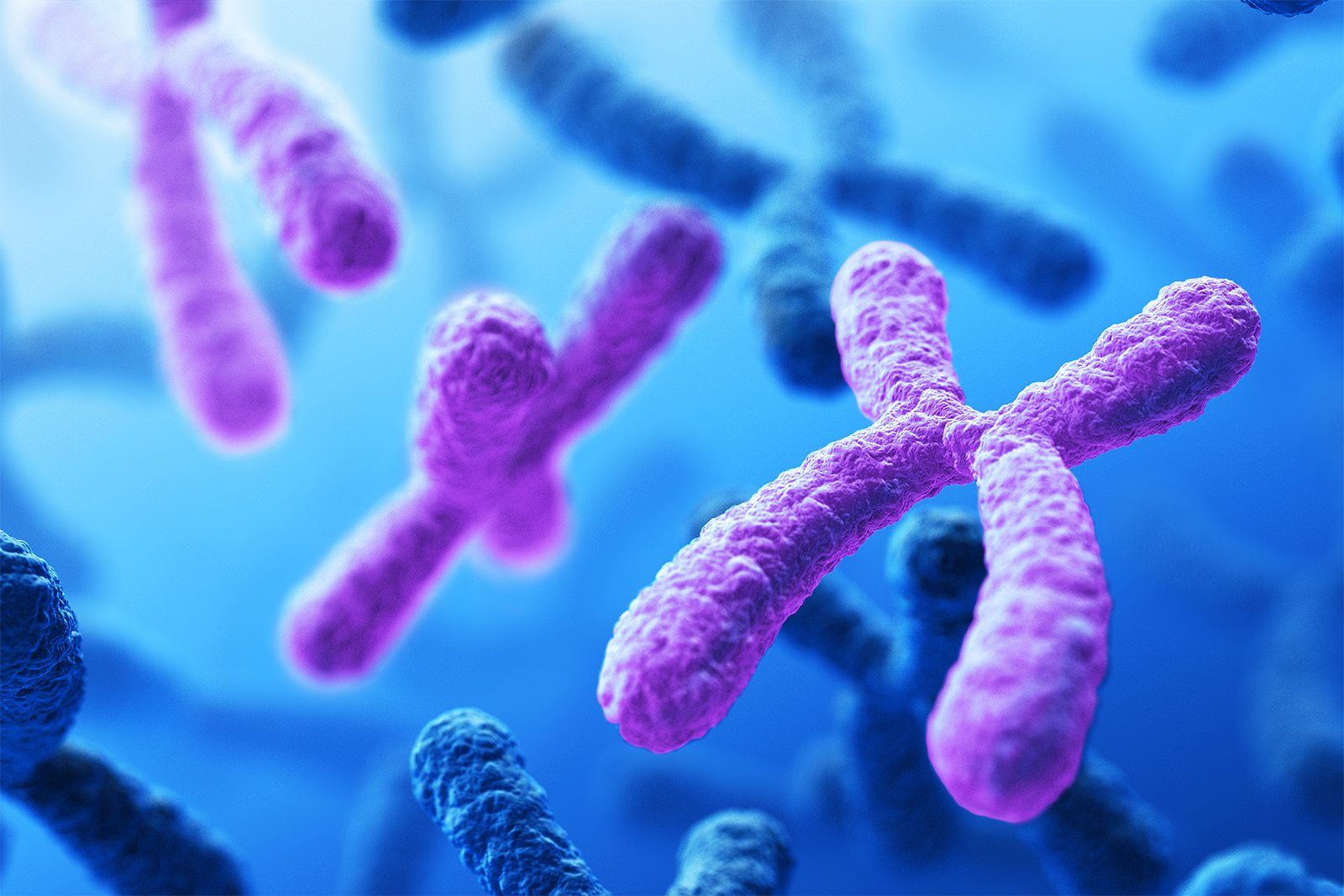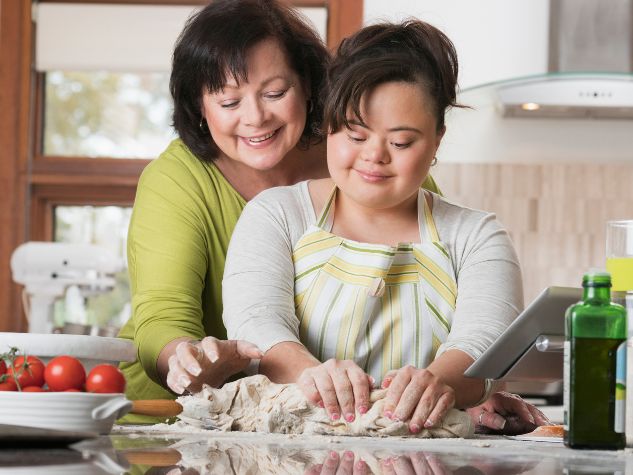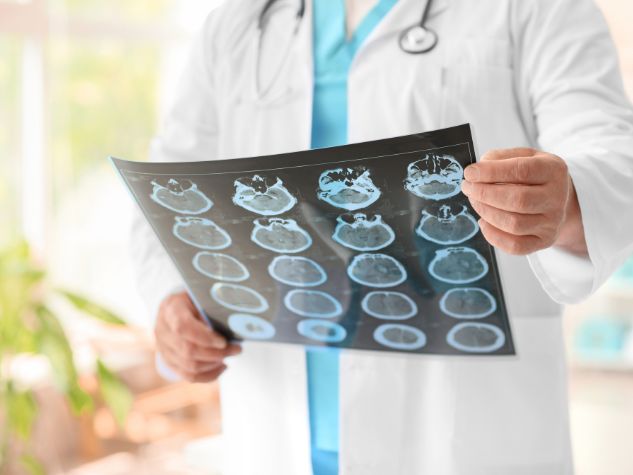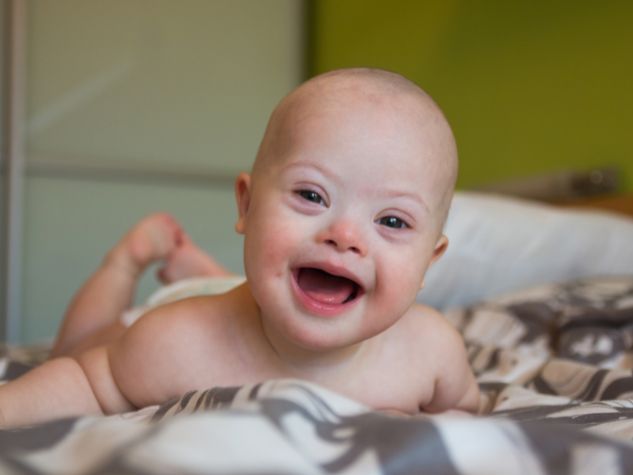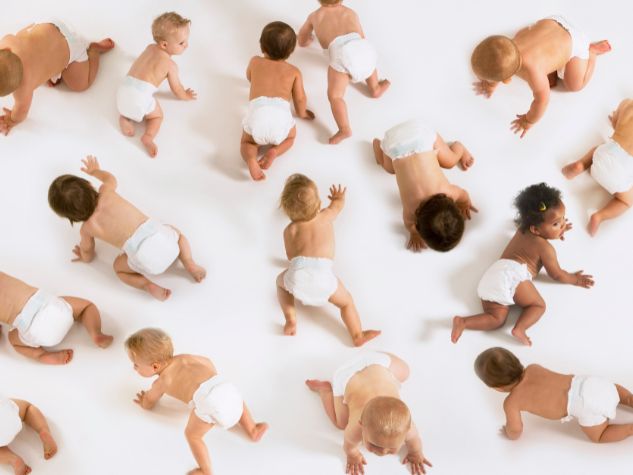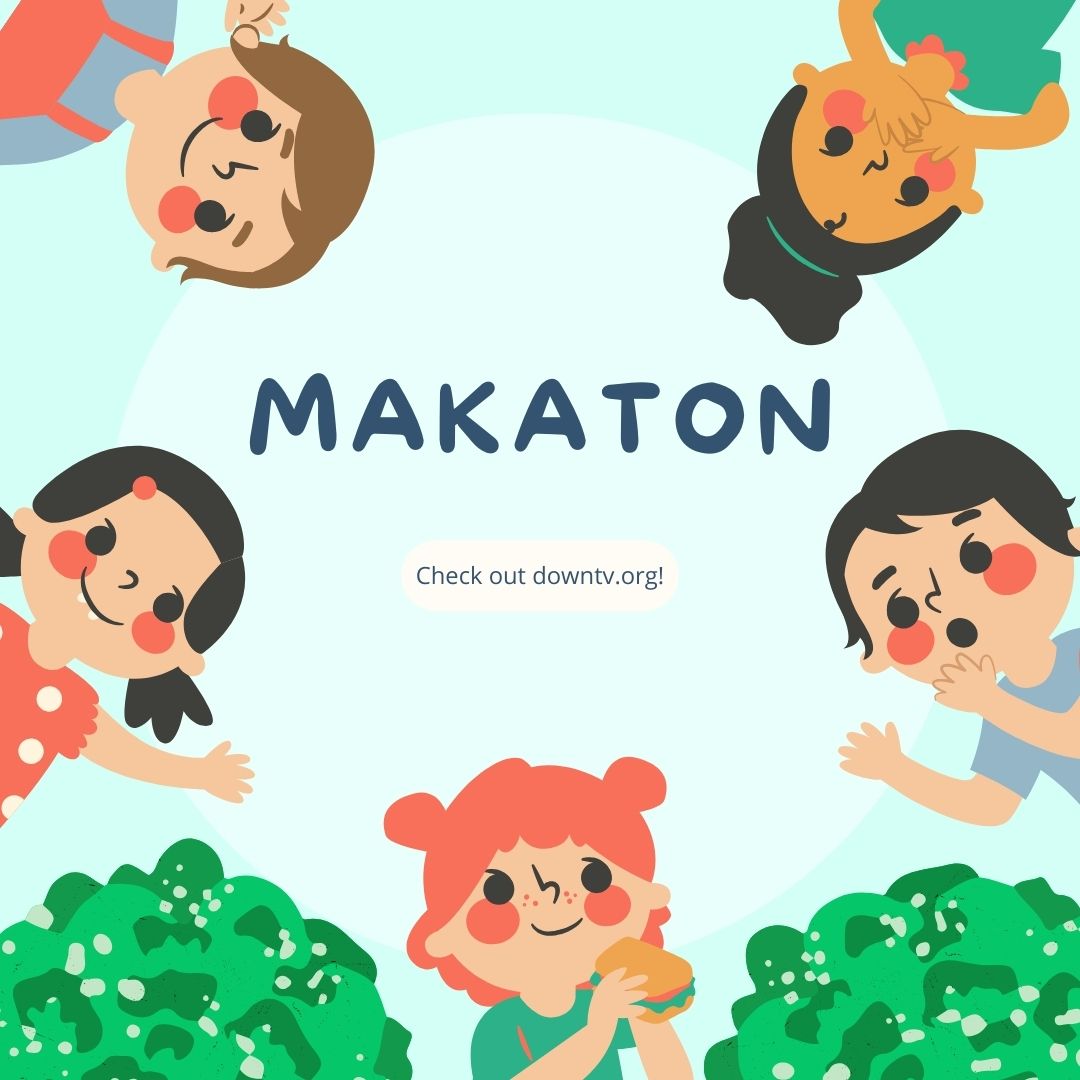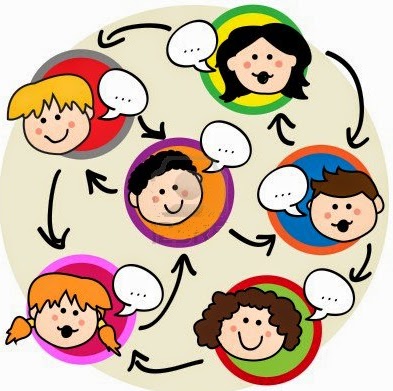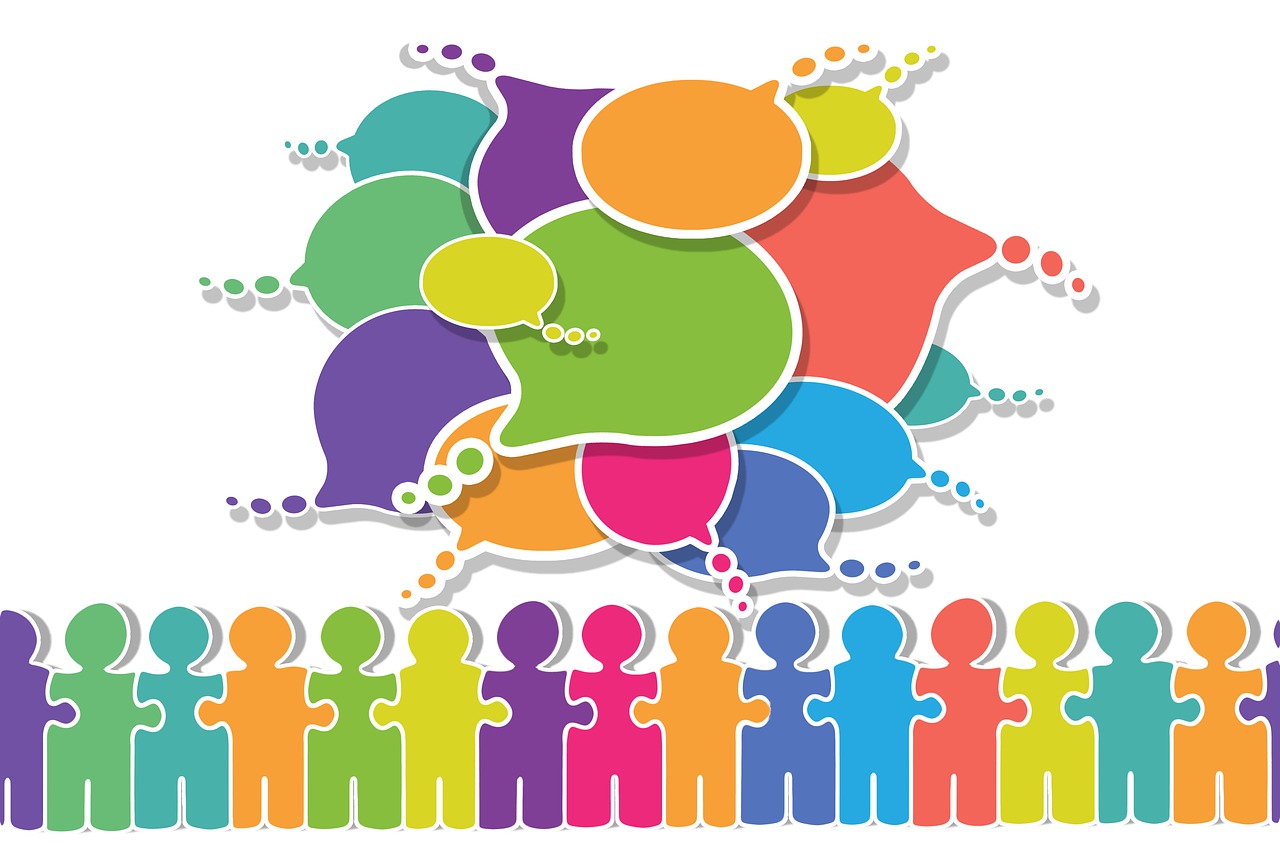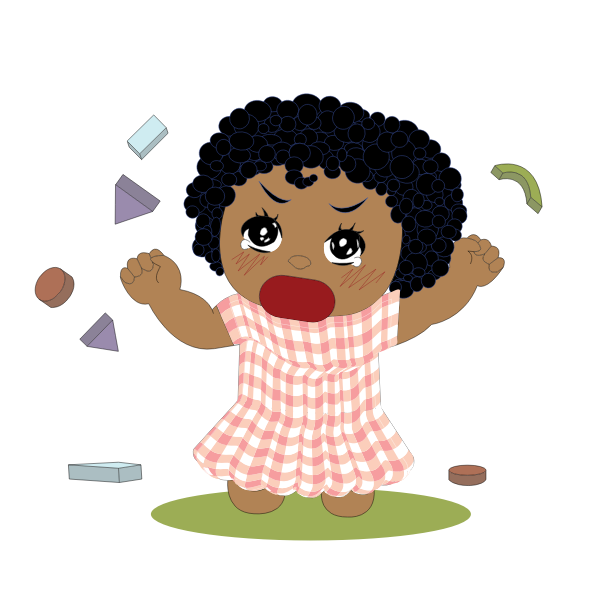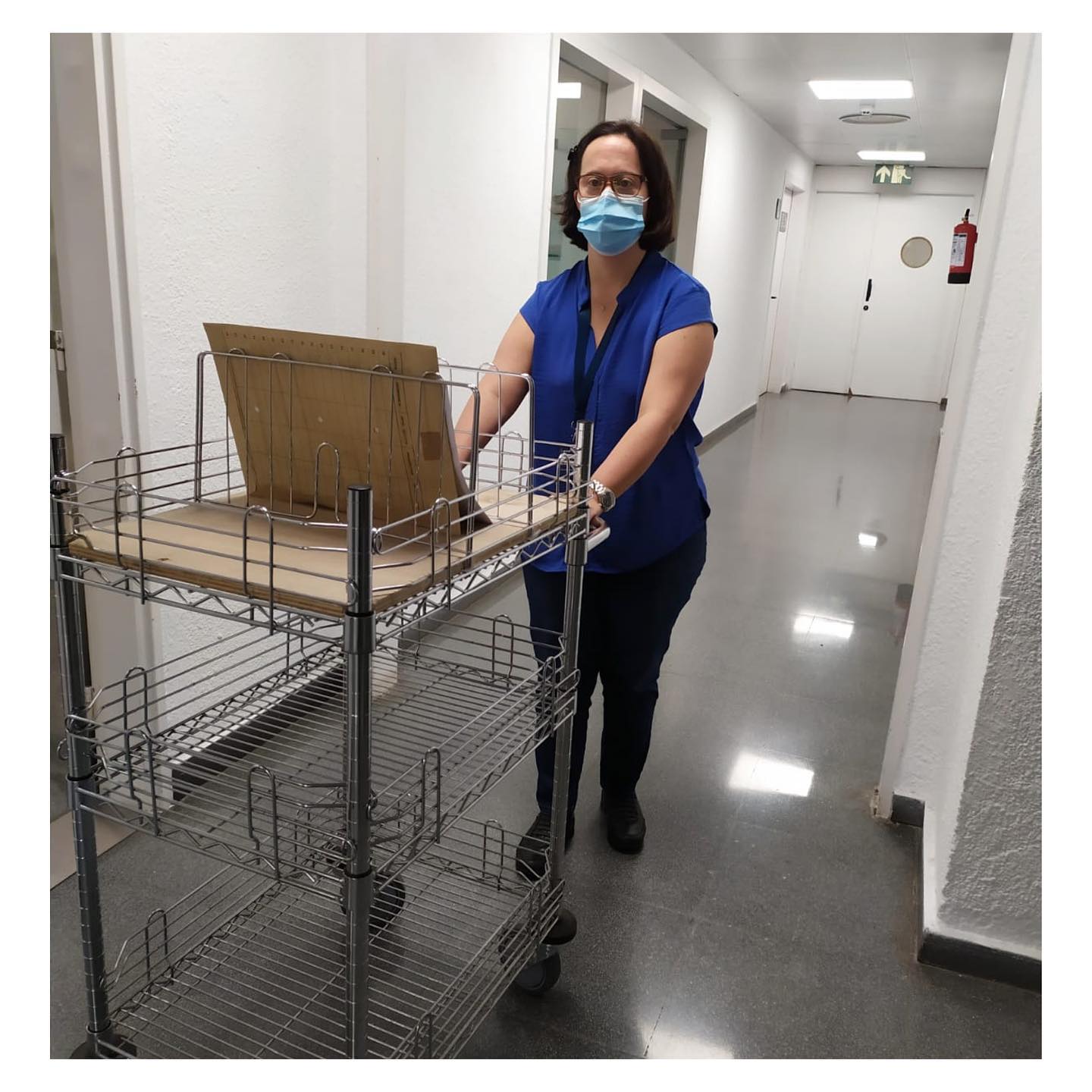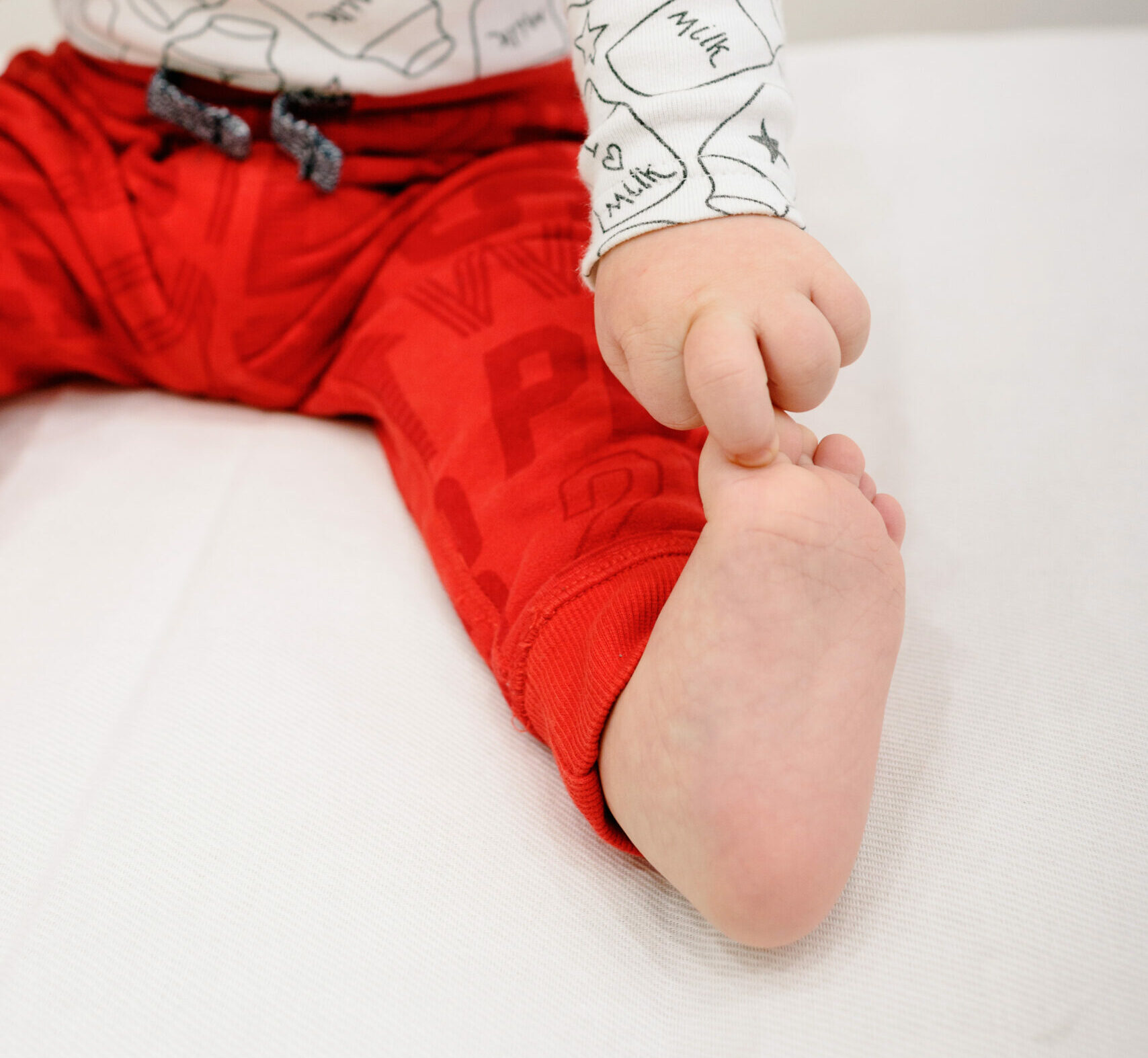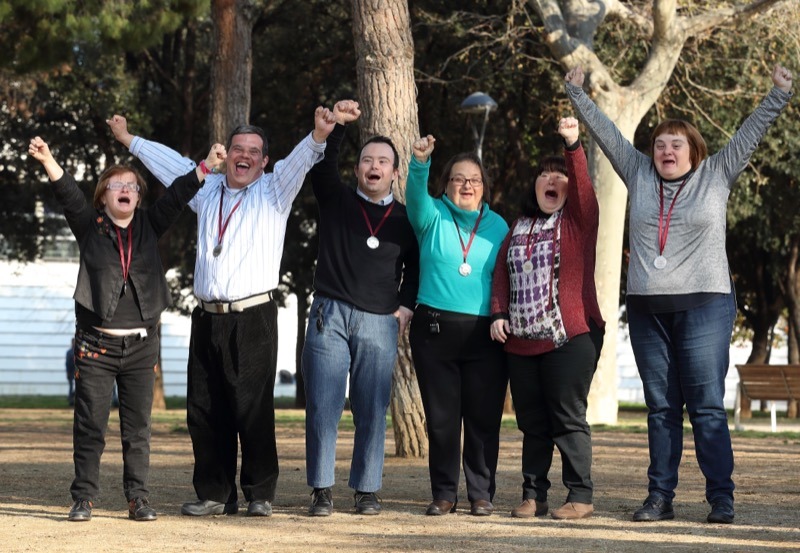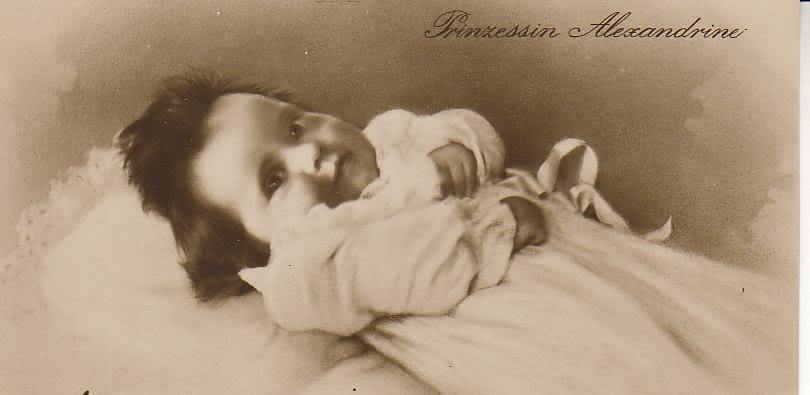Why does Down syndrome occur, easily explained.
Almost all human cells have 46 chromosomes and inside these chromosomes there is DNA. DNA is the blueprint for how a human being is made. Each of these chromosomes is paired to form a total of 23 pairs.
However, some people have 47 chromosomes. All their cells have 47 chromosomes.
How and when did this happen?
This happens through meiosis and during fertilization. Mum or dad brings in that extra chromosome by mistake during meiosis and then, during fertilization, the baby has an extra chromosome.
Mums and dads don’t blame themselves because their baby has an extra chromosome!
There is absolutely nothing you could have done during pregnancy, or before pregnancy, to prevent it. No medicines, no herbs, no supplements, no vitamins, nothing, and not even age because they are starting to find out that is not true. There are many women who are having babies with extra chromosomes in their 20s.
Scientists over the years have labelled these chromosome pairs 1 to 23. A chromosome duplication can occur in any of these pairs. However, most of the time when it does occur it results in death. Unless it is number 8, which is Warkany Syndrome, number 9, number 13, which is Patau Syndrome, number 18, which is Edwards Syndrome, number 22, or the most common, number 21, which is Down Syndrome. That is why Down’s Syndrome is sometimes called Trisomy 21. Trisomy means three, because there are three chromosomes in that chromosome pair.
If you’re wondering if this can go in the opposite direction, the answer is: yes, it can. Instead of having 46 chromosomes, you can lose a chromosome during meiosis and the fertilization phaseThis is what happens in Turner Syndrome and Klinefelter Syndrome.
There are 3 types of Down’s Syndrome:
- The one I just mentioned is called Trisomy 21 and is the most common type of Down Syndrome and occurs in 95% of cases.
- Translocation is a type of Down’s syndrome that occurs when a chromosome breaks away and attaches to another chromosome. It occurs in 4% of Down’s syndrome cases.
- The last type of Down’s syndrome is called Mosaic and this occurs in 1% or less of all cases of Down’s syndrome. This is also the only one that occurs after fertilization, and it is because there is a duplication error that causes the baby to have half of its cells with chromosomes equal to 46 and 47 chromosomes in the other half of the cells. Those children who have Mosaic Down Syndrome have much less severe symptoms. This is how Down Syndrome occurs. It is not caused by eating or drinking the wrong foods, smoking or being pregnant at an advanced age.
You cannot get rid of Down’s Syndrome. It is not a virus or a disease. A person with Down’s syndrome will always have Down’s syndrome and that is not a bad thing. It’s just different. We are all different and have our own thing. We are still persons with emotions and feelings.
